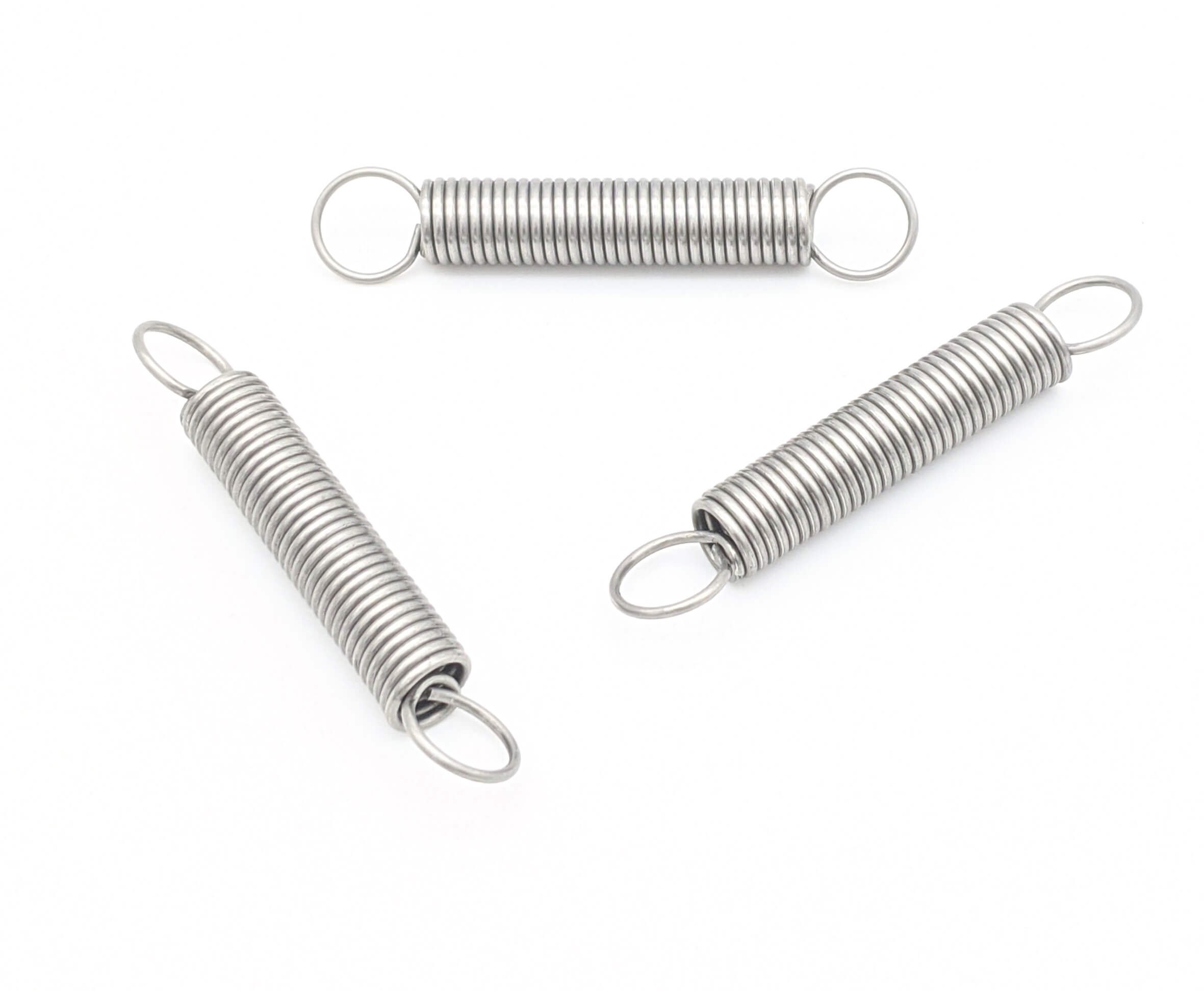Get unique, complex parts easily. No matter your requirements, Chaoyi Spring creates hard-to-produce coil springs and wire forms.
Let us help you create the custom wire form you need, from S-hooks and J-hooks to utility hooks and more.
We work closely with customers across a wide range of industries, helping them design and manufacture made-to-order parts.
Why choose Chaoyi Spring? We prioritize customer-focused collaboration, modern equipment and the latest technology to make your parts per print.
Find the information and guidance you need, from measuring a spring to learning about materials, placing an order and much more.
Springs are ubiquitous in our lives, from the simple act of opening a door to the complex mechanics of a car engine. At the heart of their functionality lies spring


Springs are ubiquitous in our lives, from the simple act of opening a door to the complex mechanics of a car engine. At the heart of their functionality lies spring compression, a phenomenon governed by fundamental physics principles. This article delves into the intricacies of spring compression, exploring its definition, the factors that influence it, and its vital applications in various fields.

Spring compression is the act of squeezing or shortening a spring from its resting position. When you apply a force to the end of a spring, it compresses, storing potential energy within its coiled structure. The spring resists this compression with an opposing force, aiming to return to its original shape. This interplay between applied force and spring resistance is crucial in understanding the behavior of springs.
The relationship between the force applied to a spring and its resulting compression is elegantly described by Hooke's Law. This fundamental principle states that the force (F) needed to compress or extend a spring is directly proportional to the displacement (x) from its equilibrium position. Mathematically, this can be expressed as:
F = -kx
where:
The negative sign indicates that the force exerted by the spring opposes the displacement. A stiffer spring has a higher spring constant, meaning it requires more force to achieve the same compression.
The compression of a spring is affected by several factors, each playing a critical role in its overall behavior:
Spring compression is a fundamental principle with countless applications across various industries. Here are some noteworthy examples:
Calculating the compression of a spring involves applying Hooke's Law and understanding the relationship between force, displacement, and spring constant. To find the compression (x) of a spring given a force (F) and spring constant (k), simply rearrange Hooke's Law:
x = F / k
Spring compression is an essential aspect of our world, underpinning numerous technologies and everyday objects. By understanding the fundamental principles governing spring compression, we can effectively design, analyze, and optimize systems that rely on this vital force. As technology advances, spring compression will continue to play a crucial role in pushing the boundaries of innovation, ensuring our world continues to function smoothly and efficiently.
From the smallest electronic device to the largest industrial machine, spring compression is a foundational principle that enables smooth operation and reliable performance. As we continue to explore the world of springs, a deeper understanding of spring compression empowers us to design and build ever more innovative and sophisticated solutions for the challenges of the future.
Browse some of the custom wire forms and springs that we manufacture. Don’t see what you need? We specialize in made-to-order products that meet your application requirements.
Visit Our GalleryNeed a custom wire form or coil spring? We make it work. Fill out the contact form and a representative will respond within 1 business day. If you have a PDF or CAD file, you can submit to request a quote.